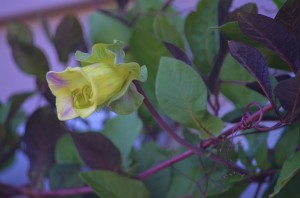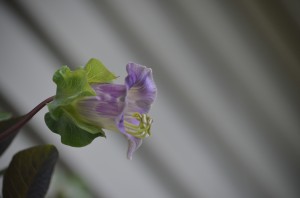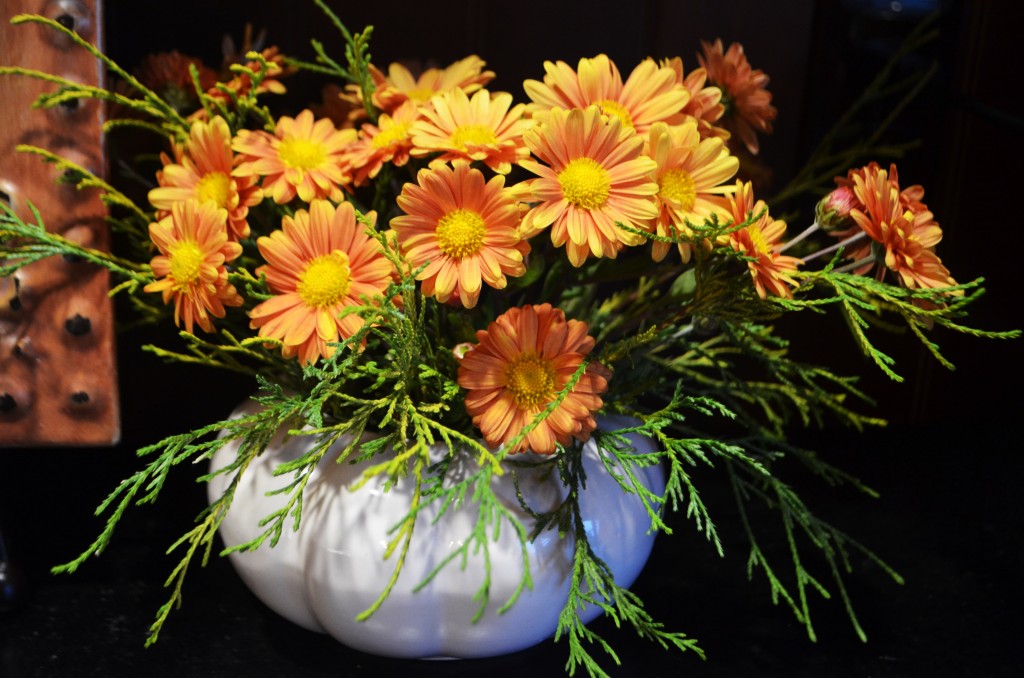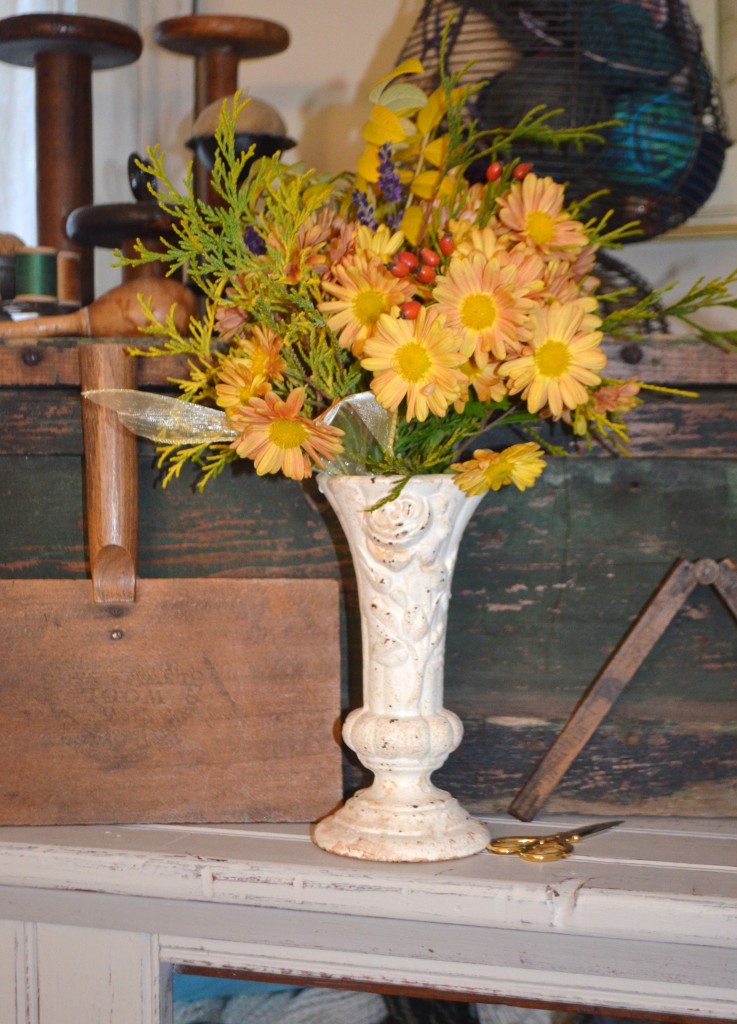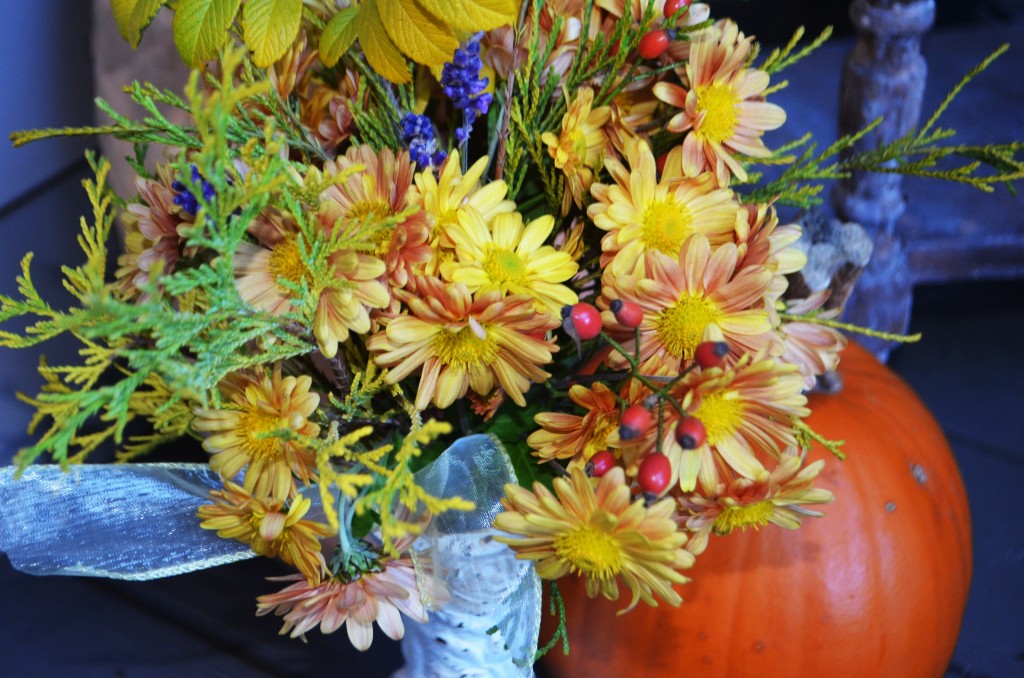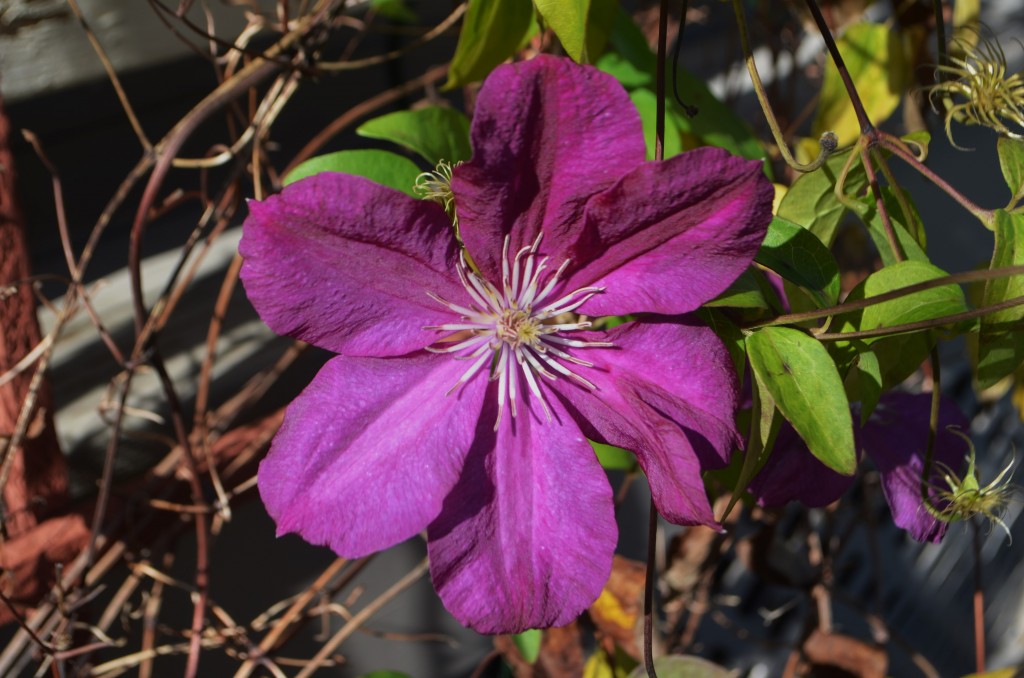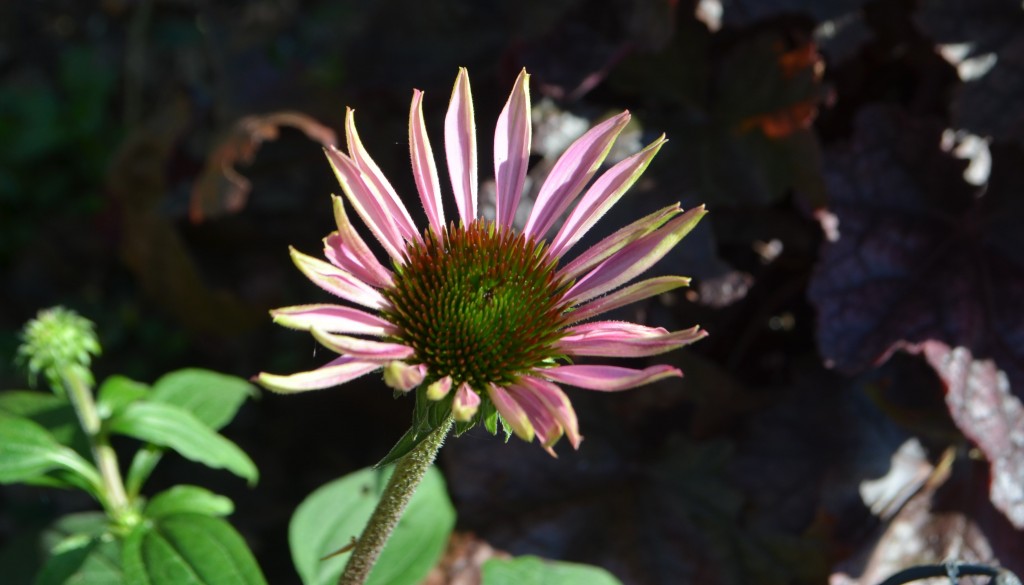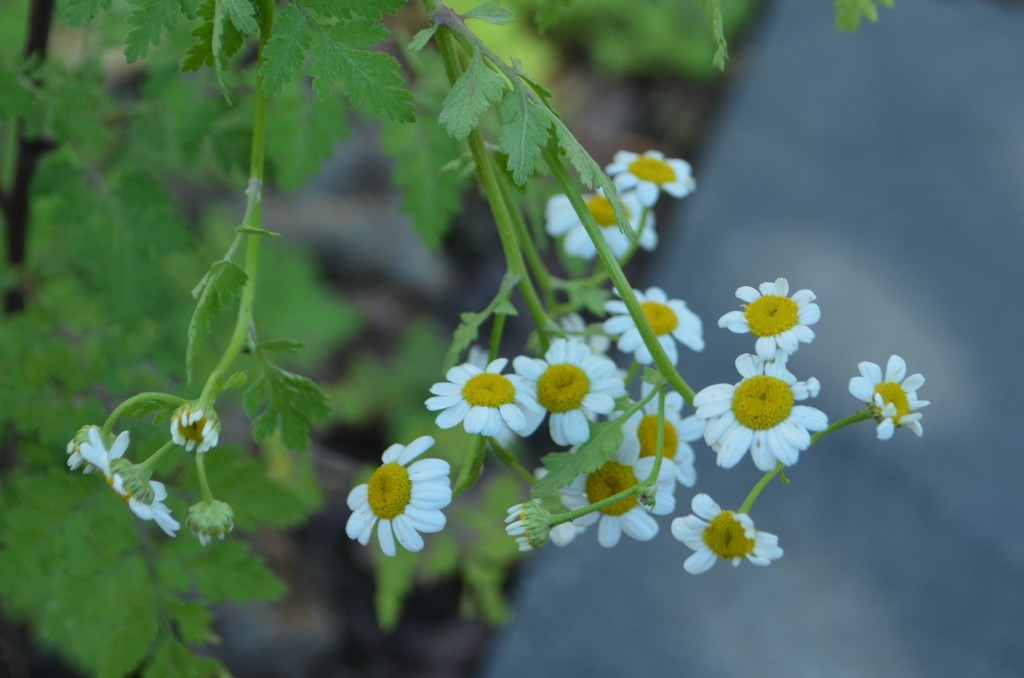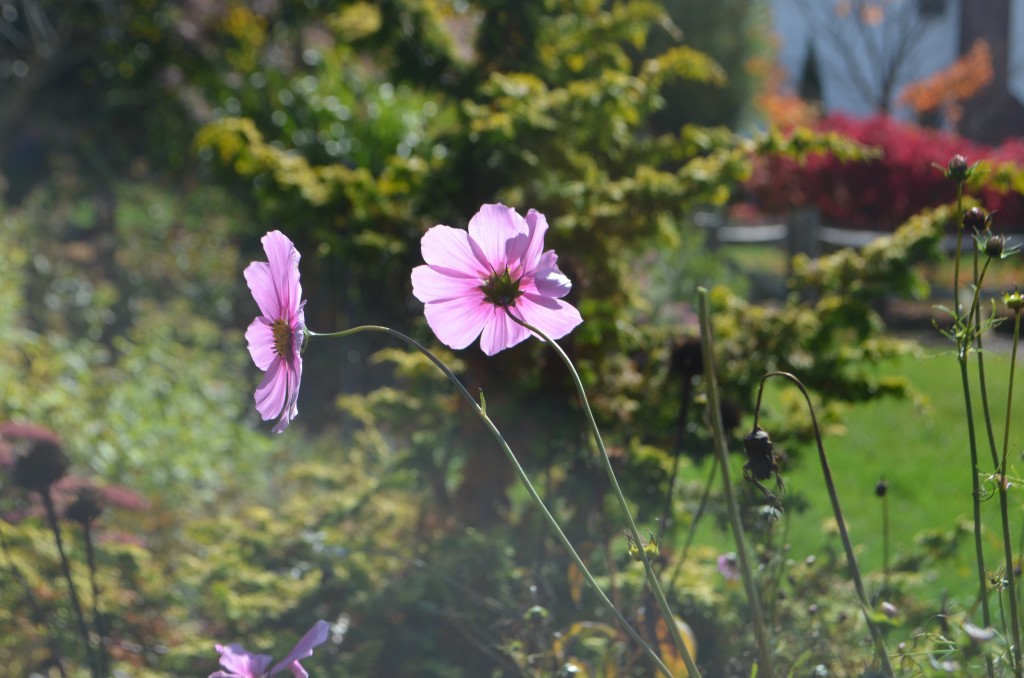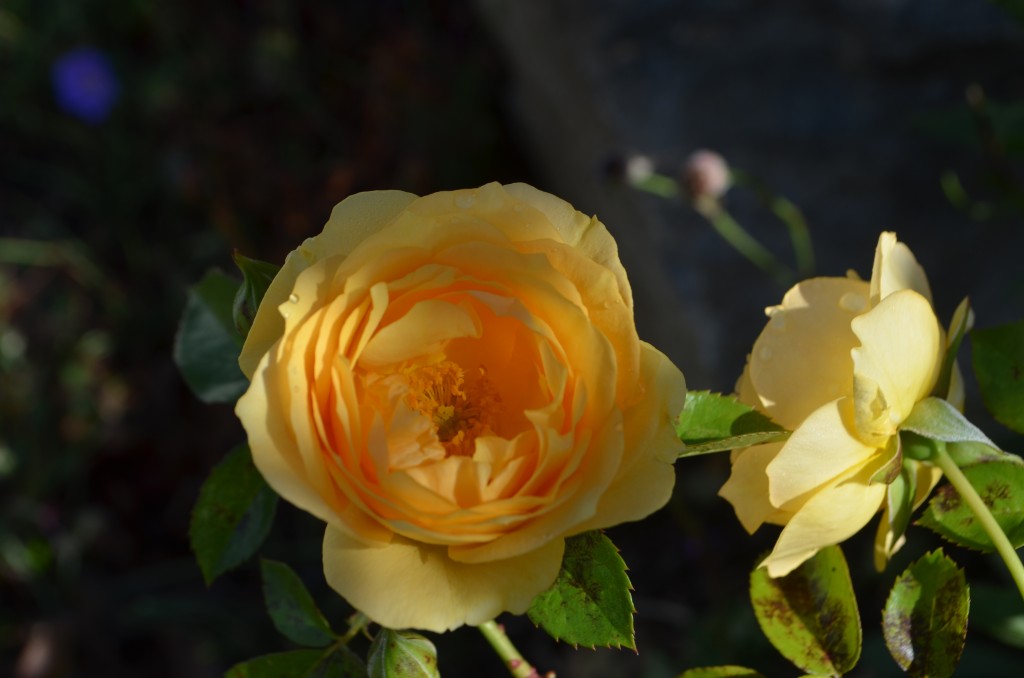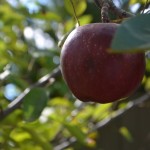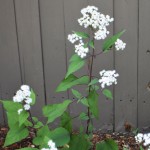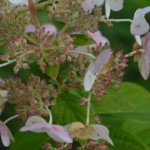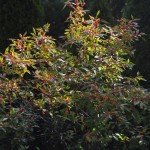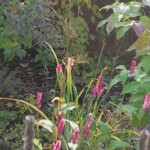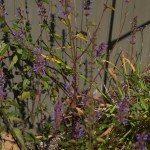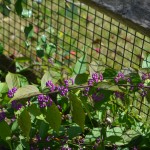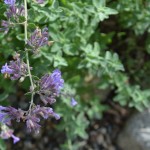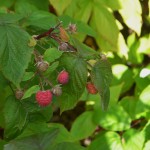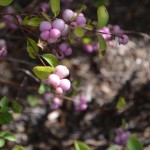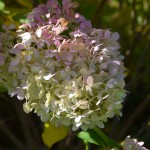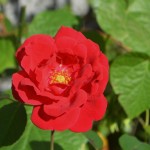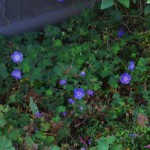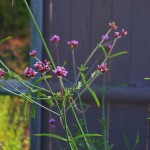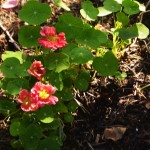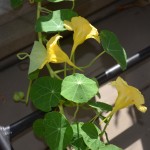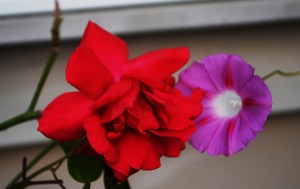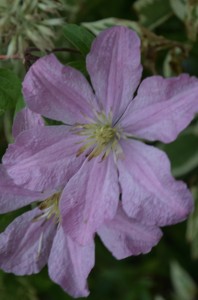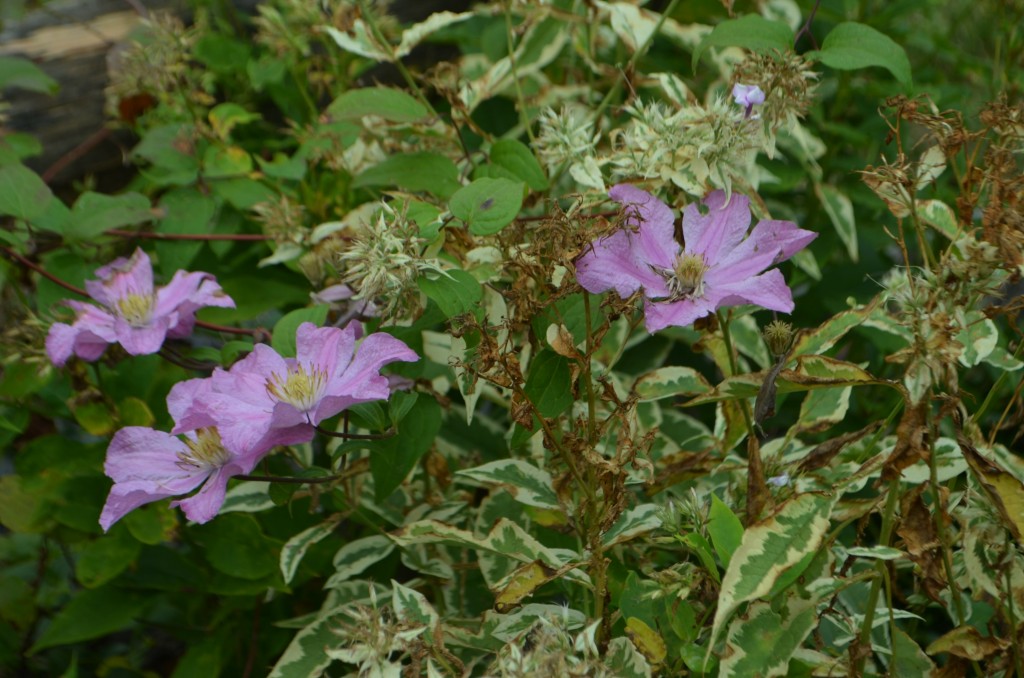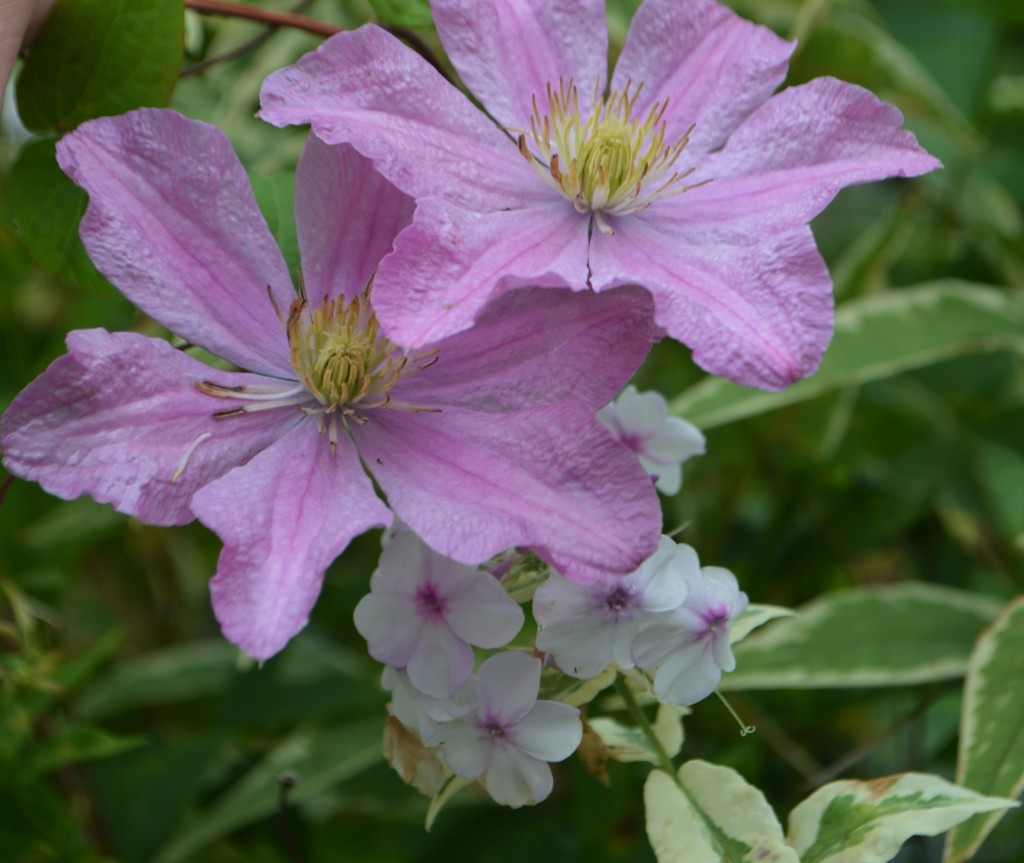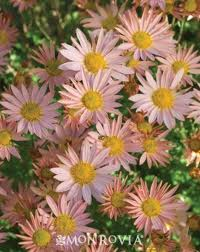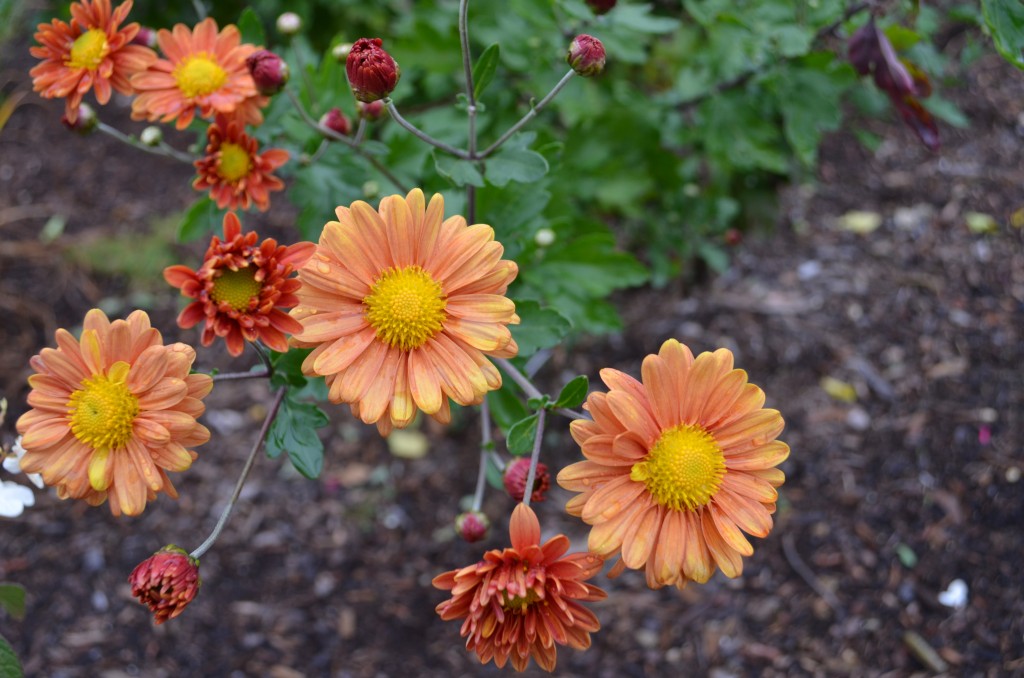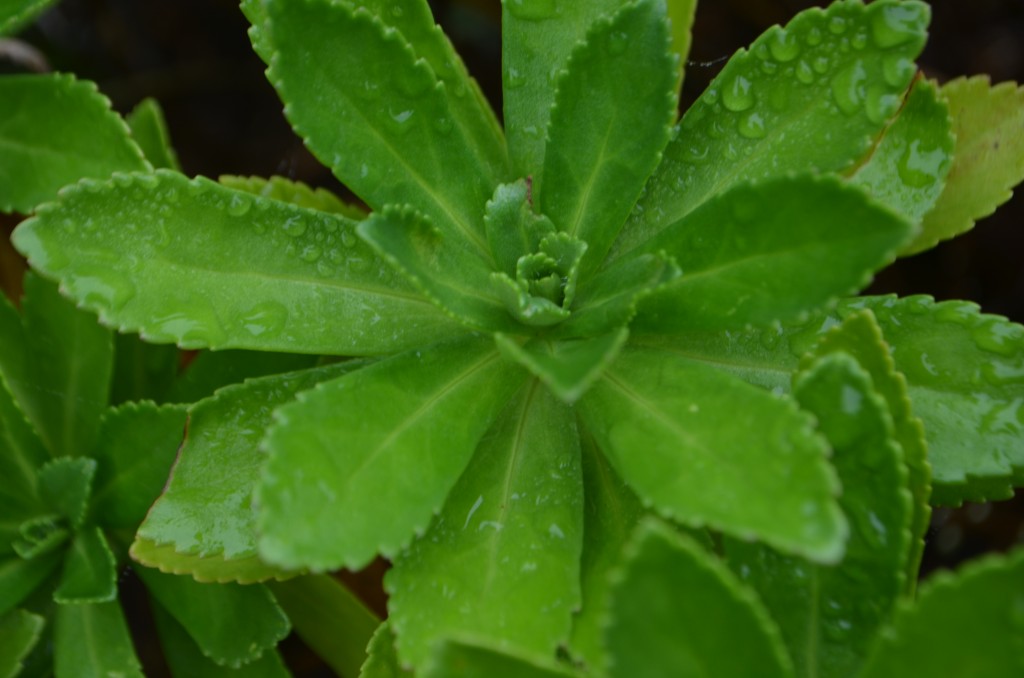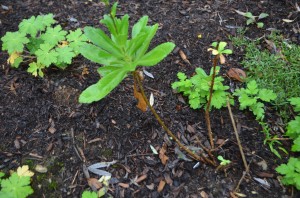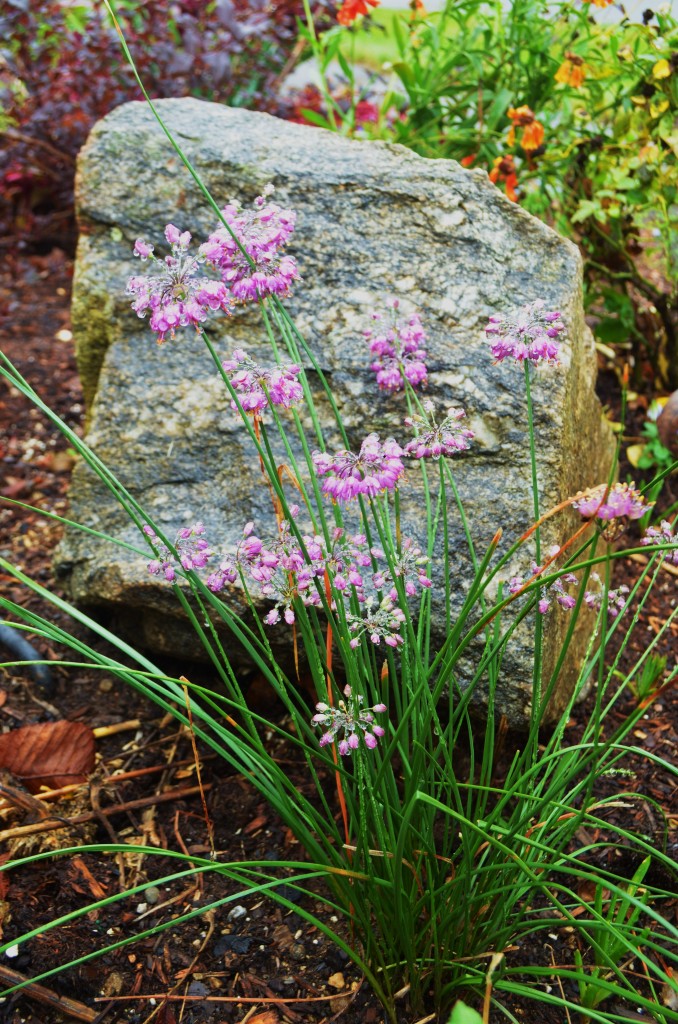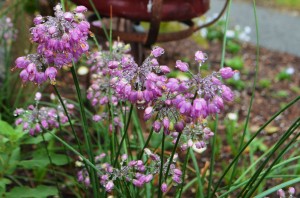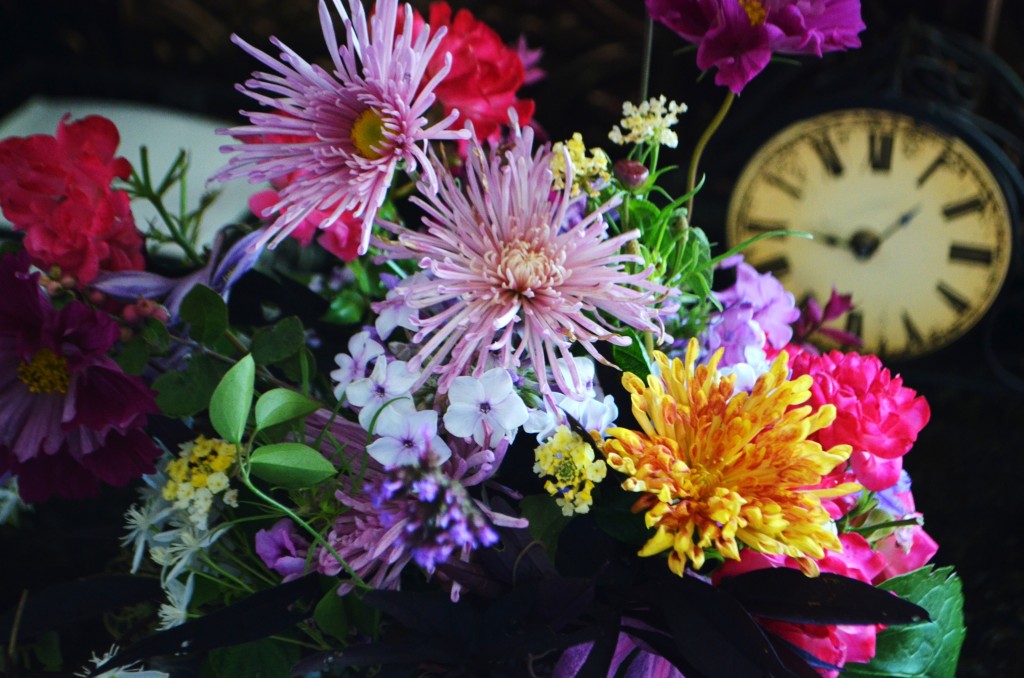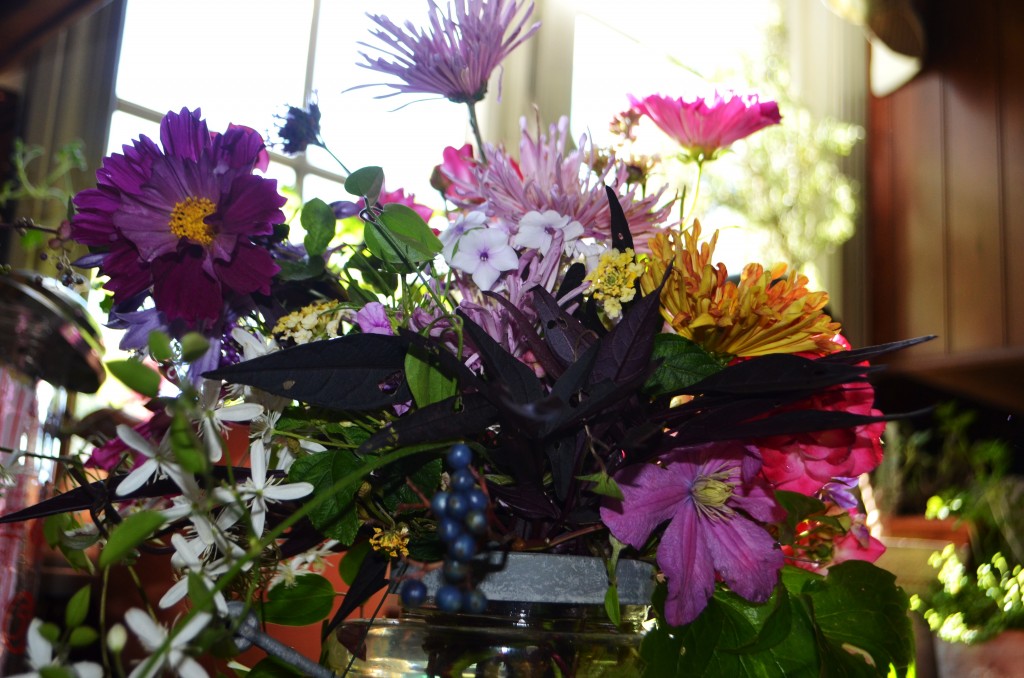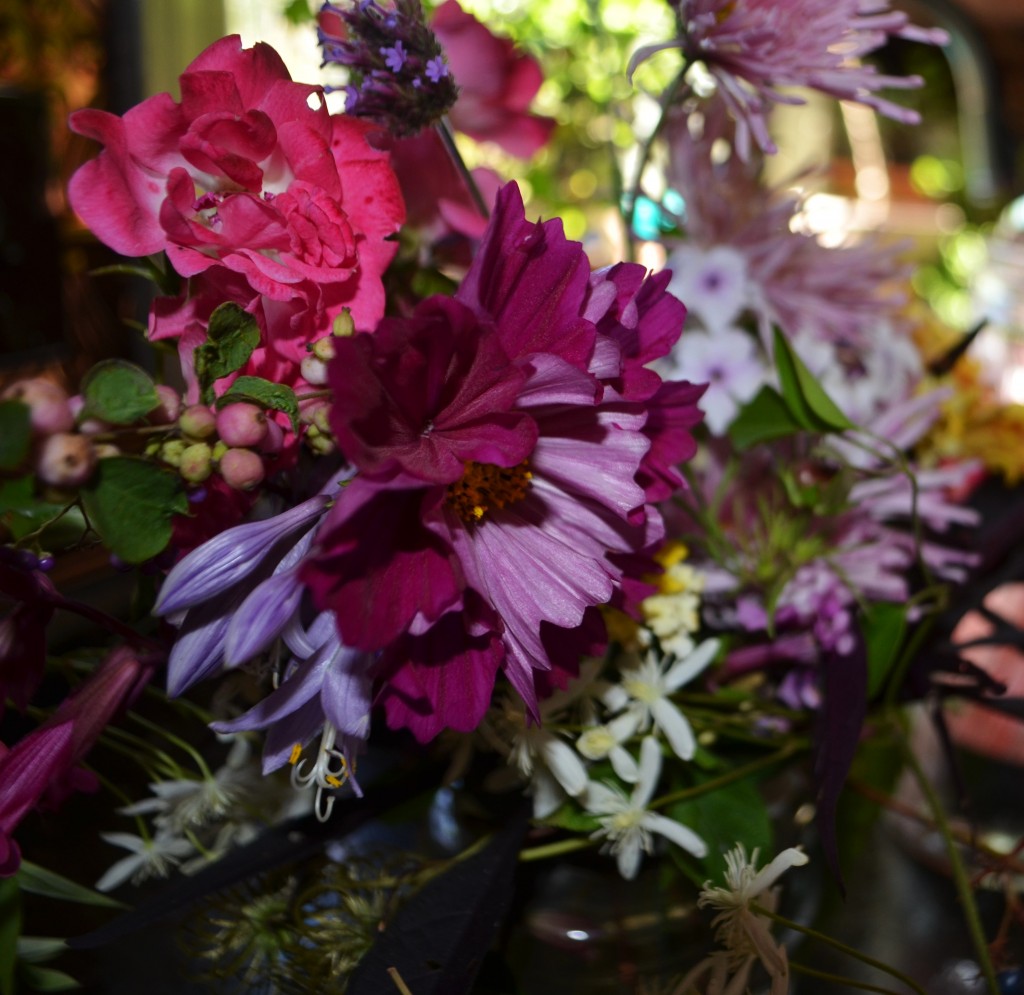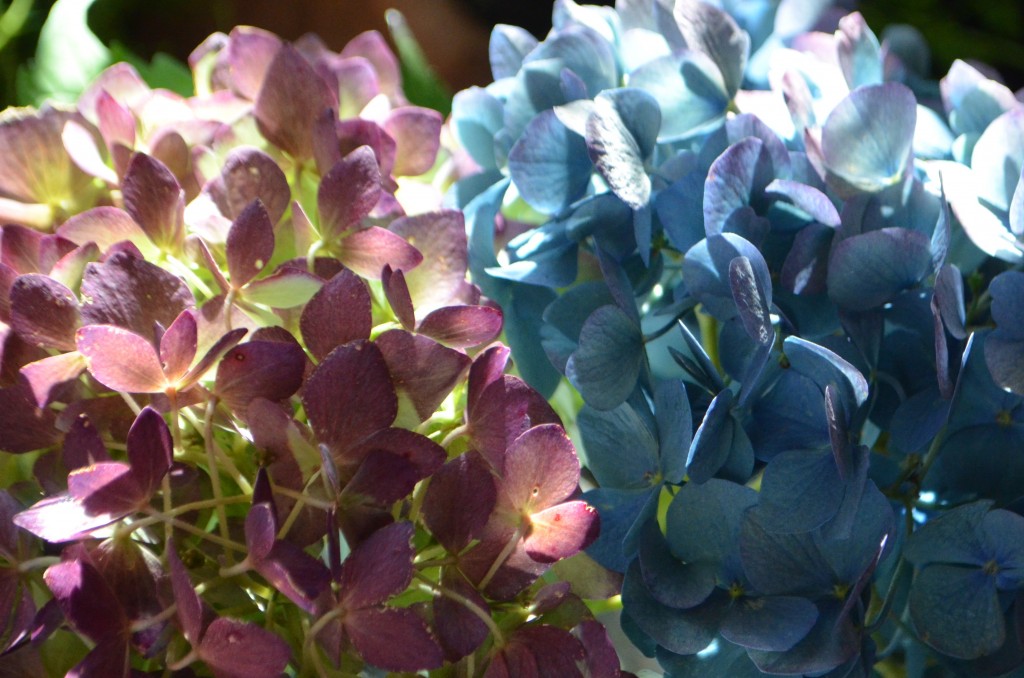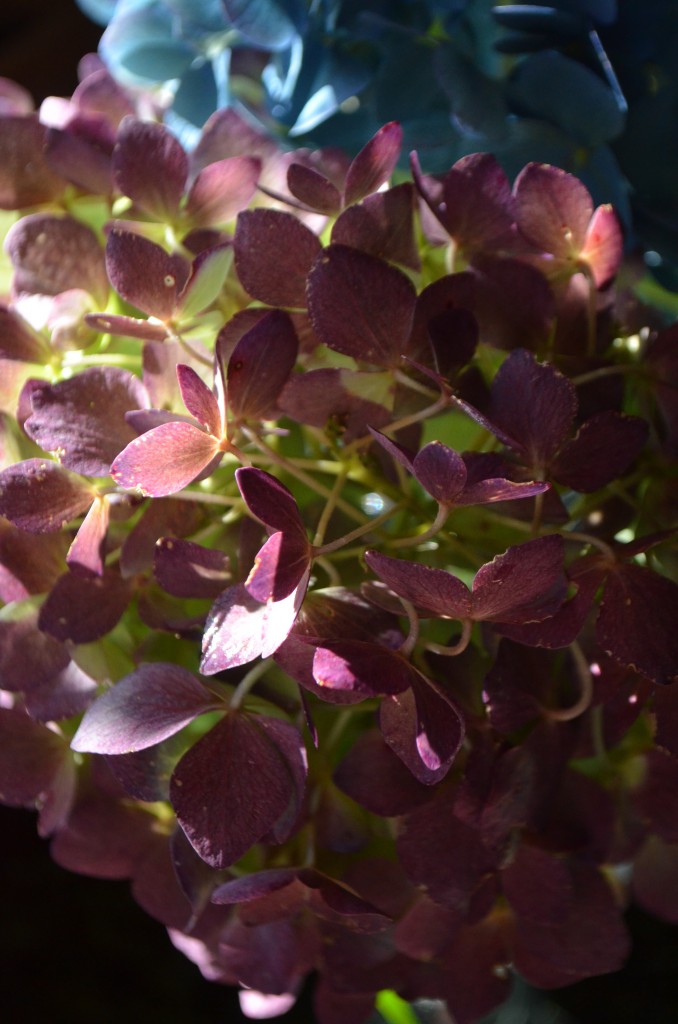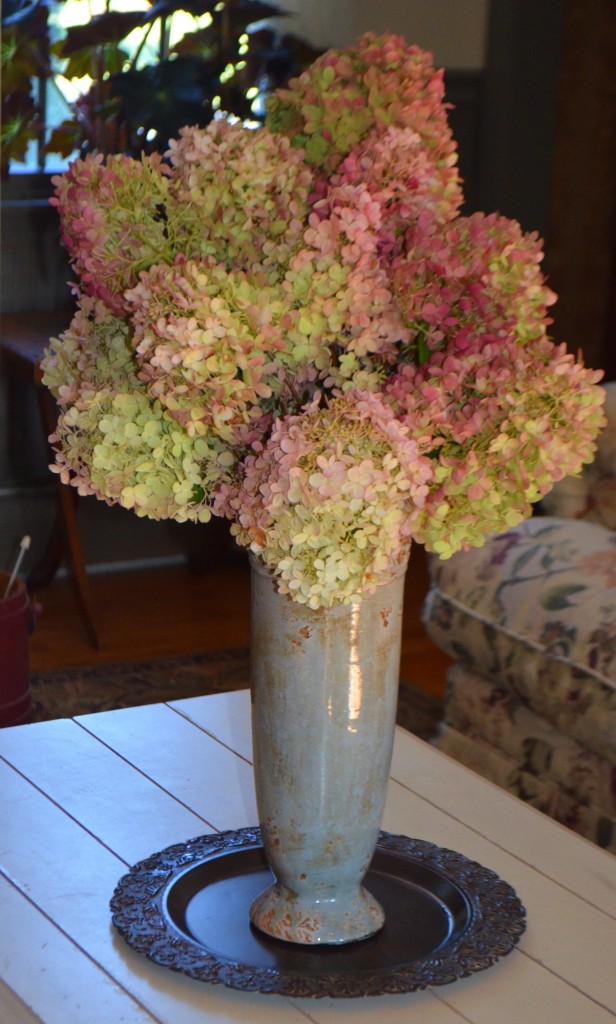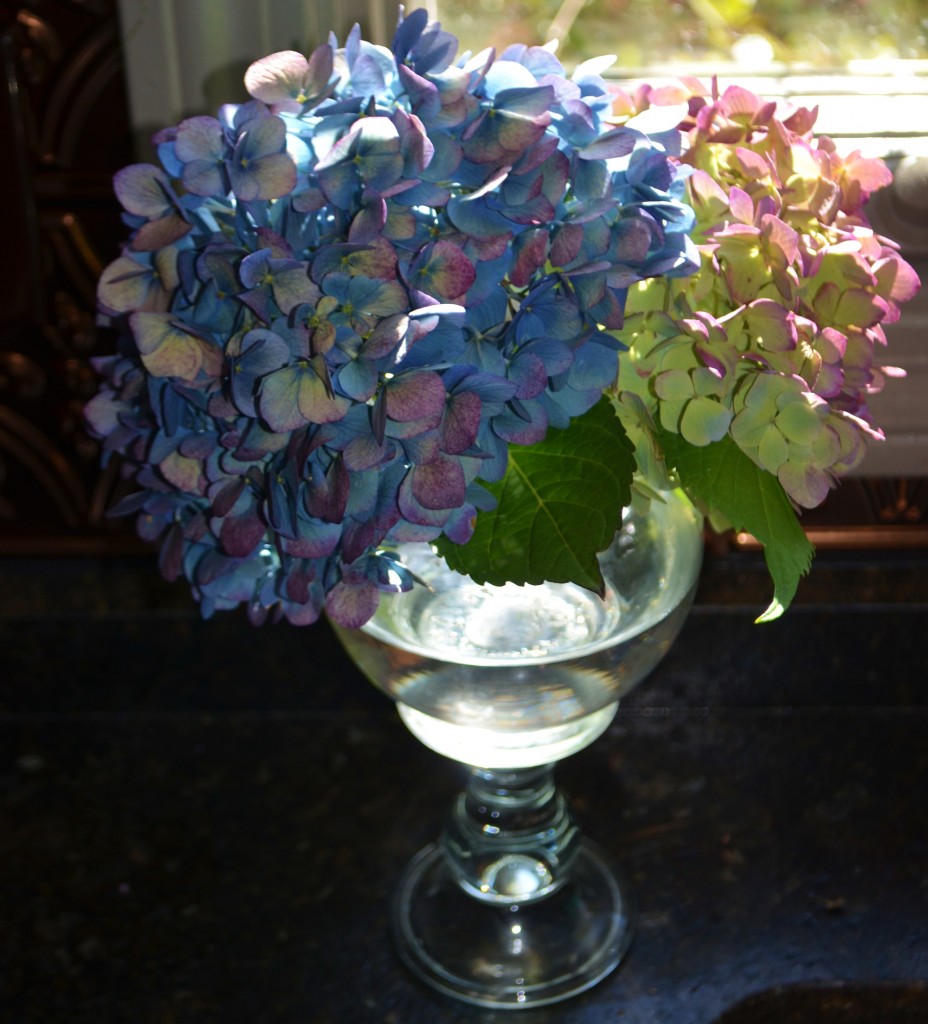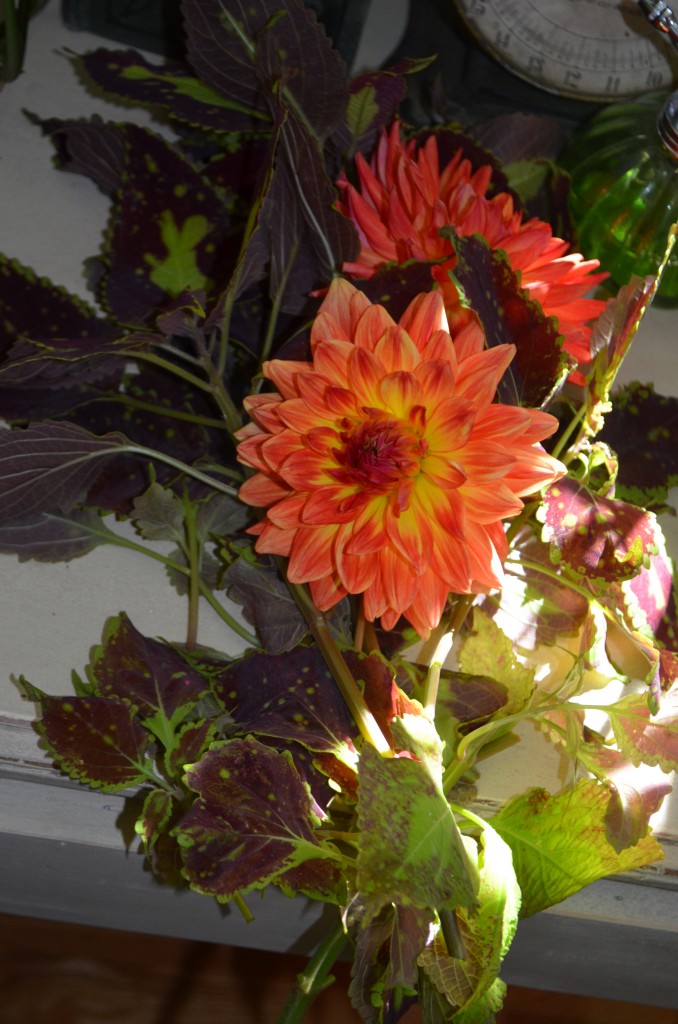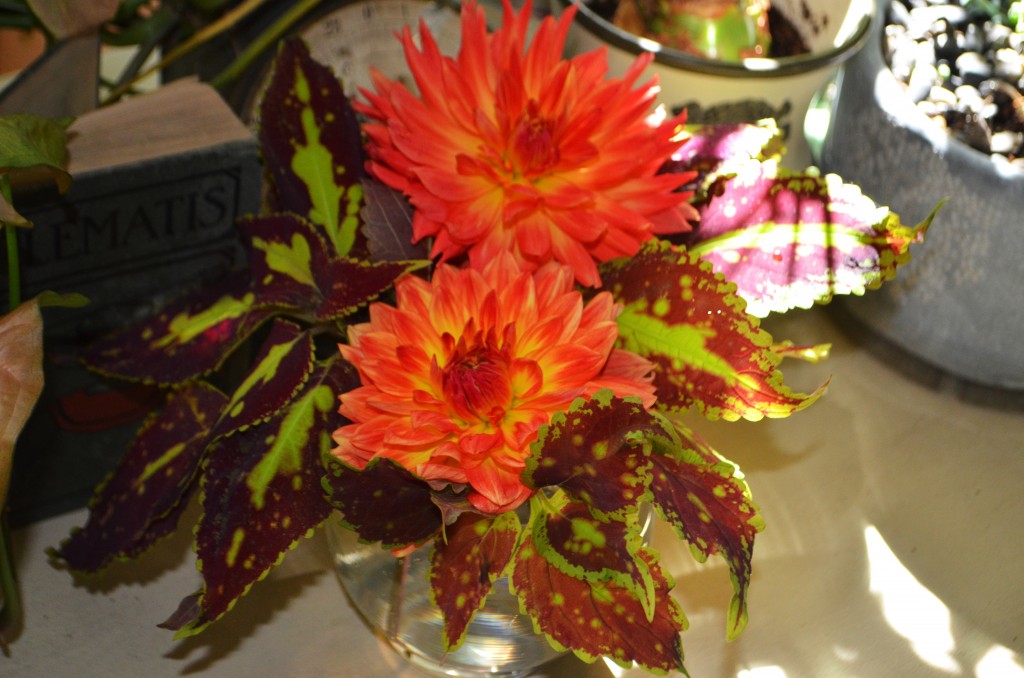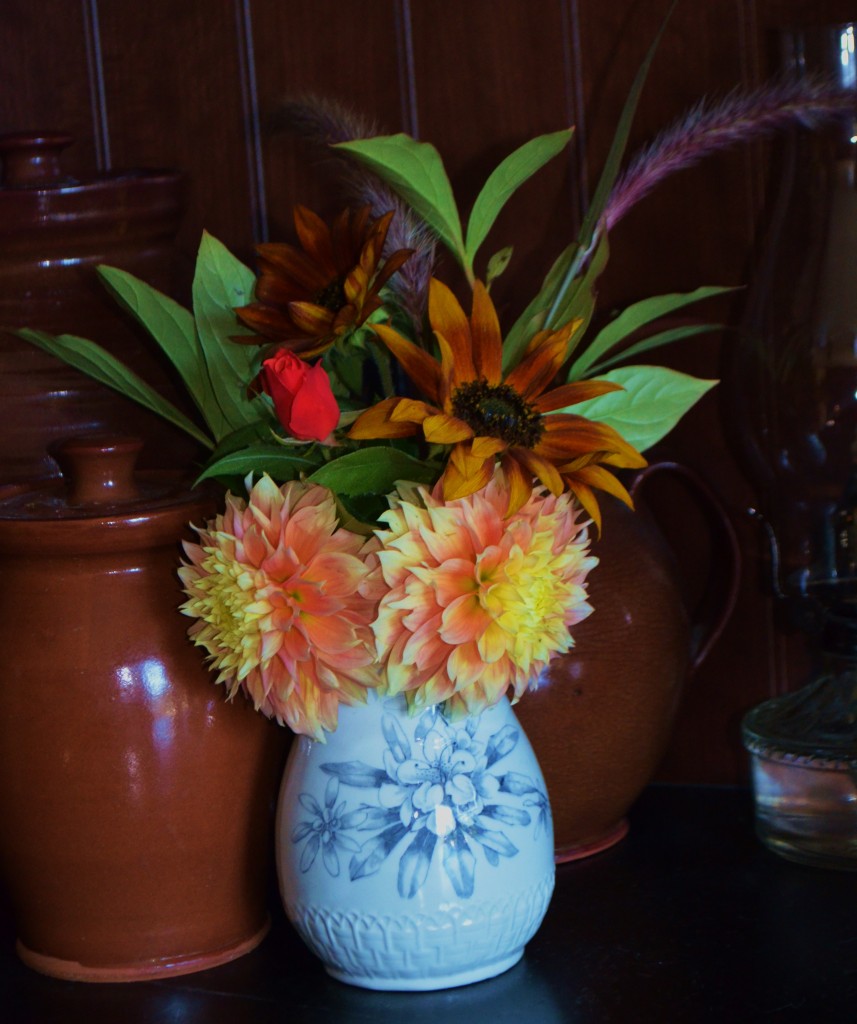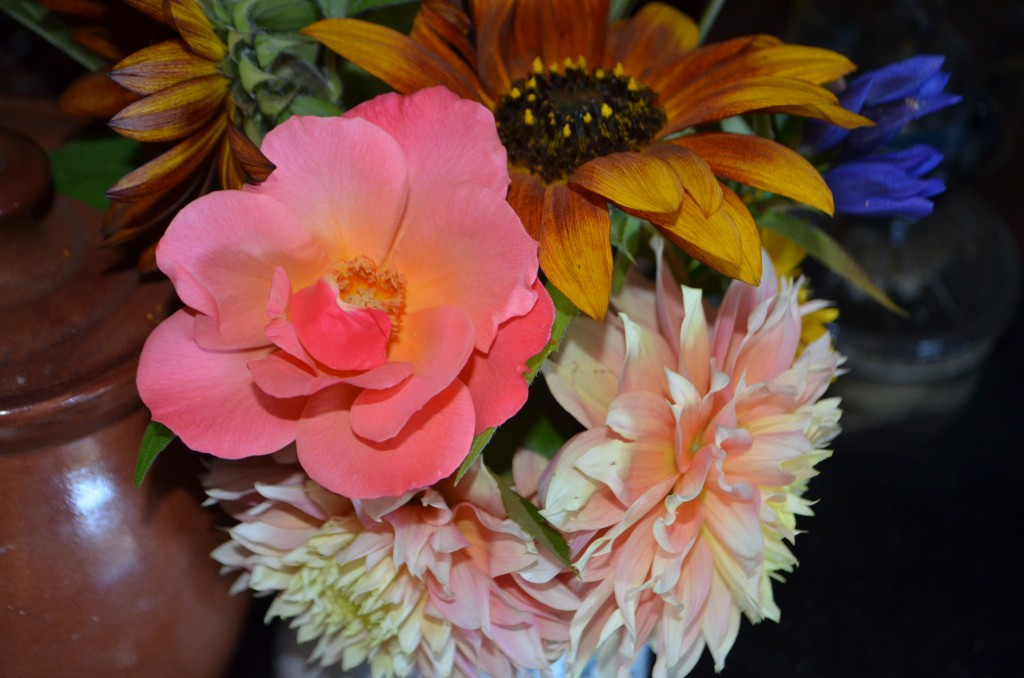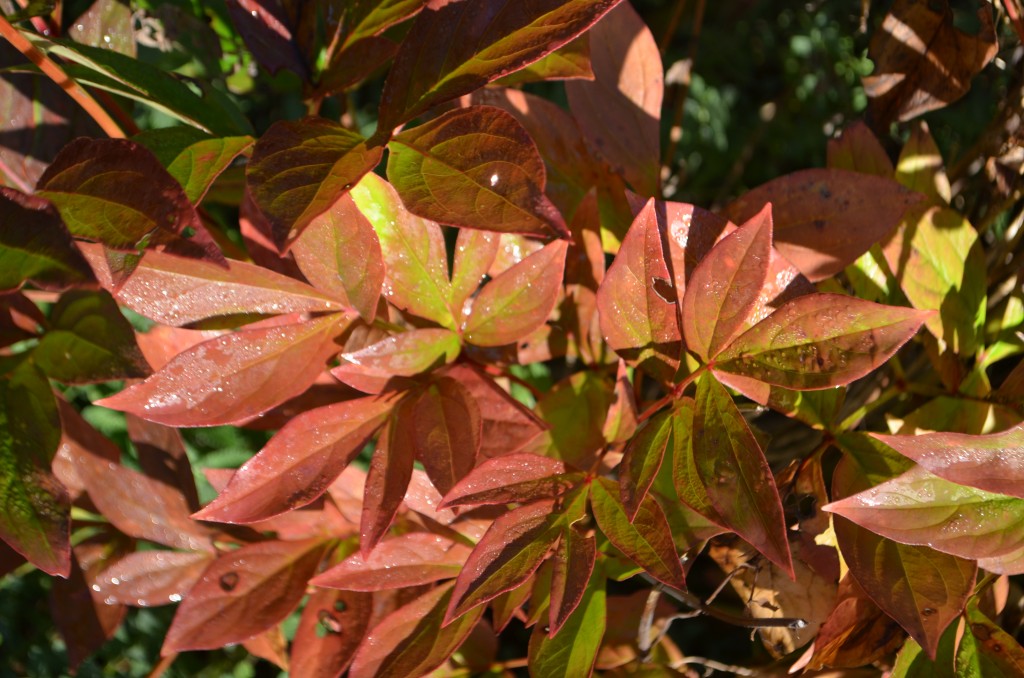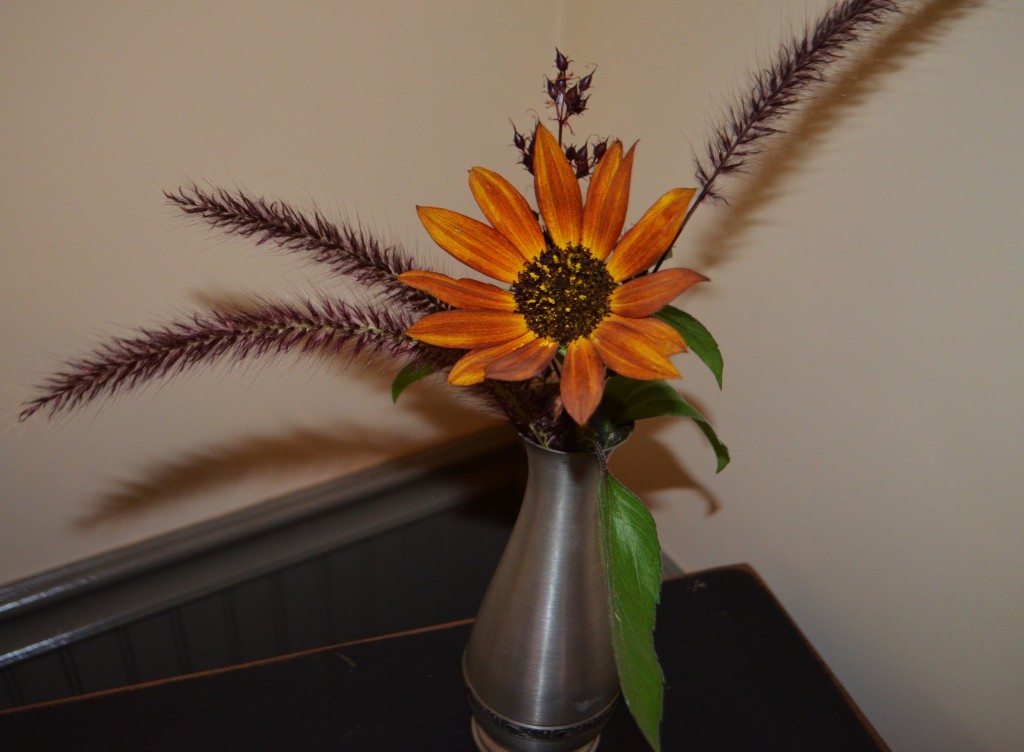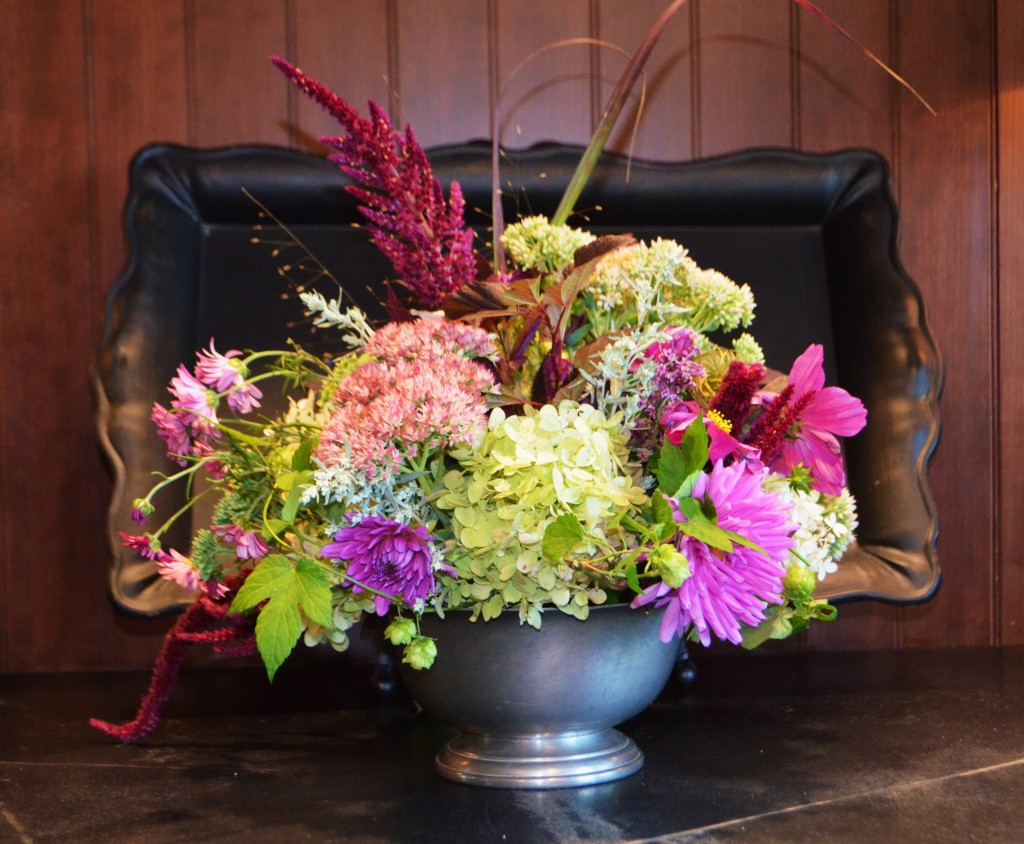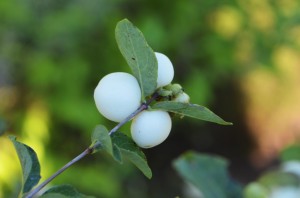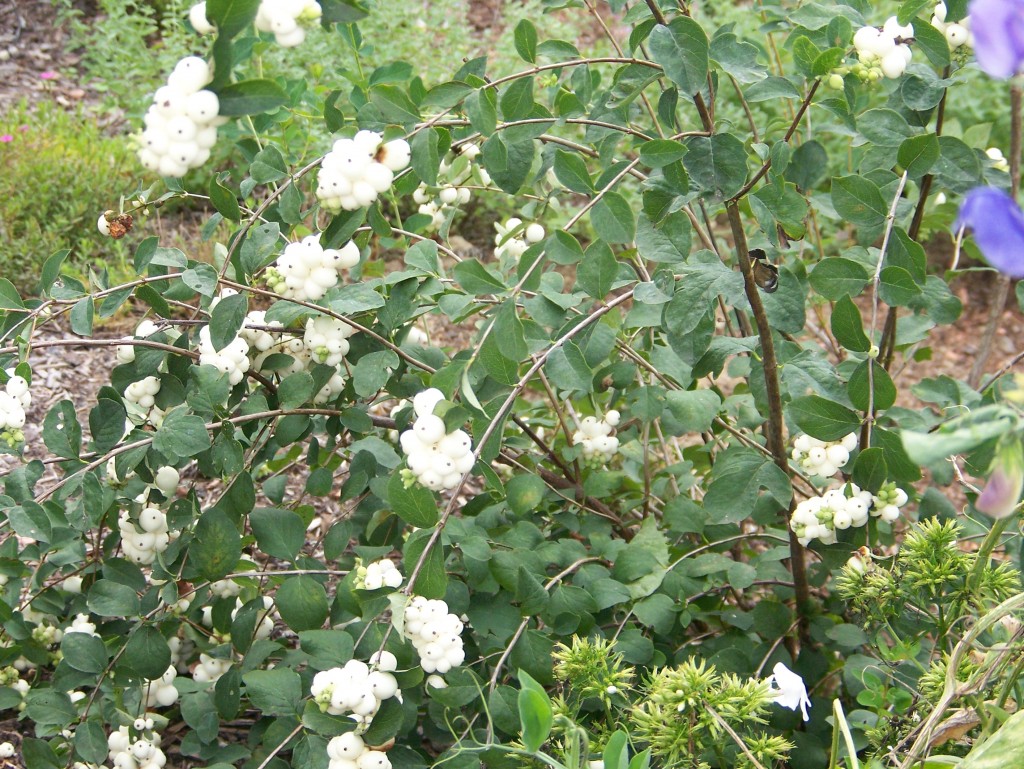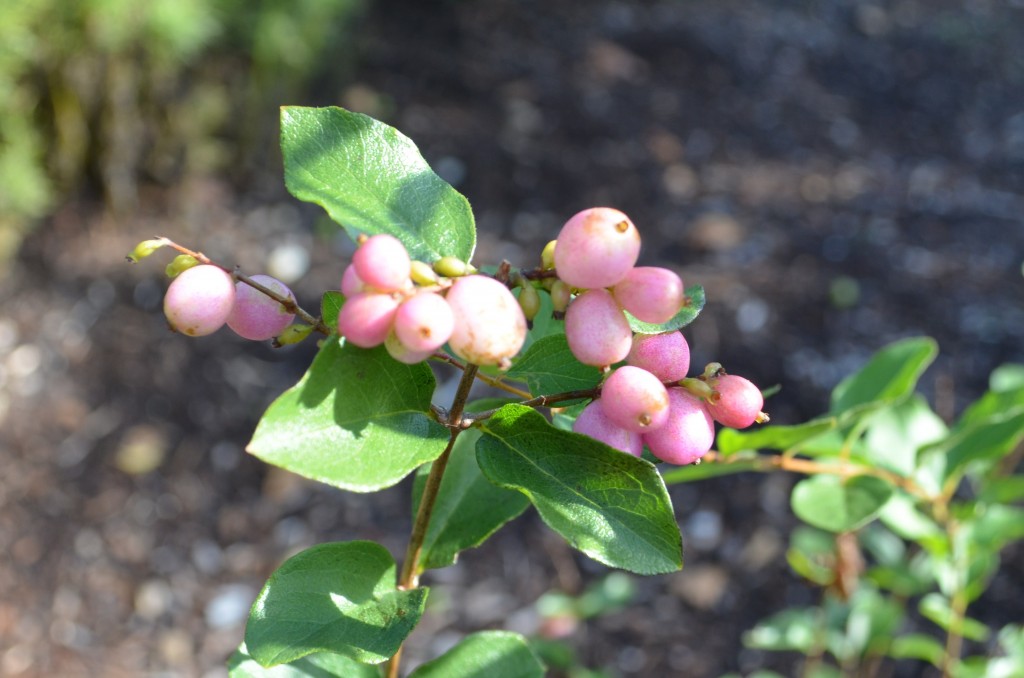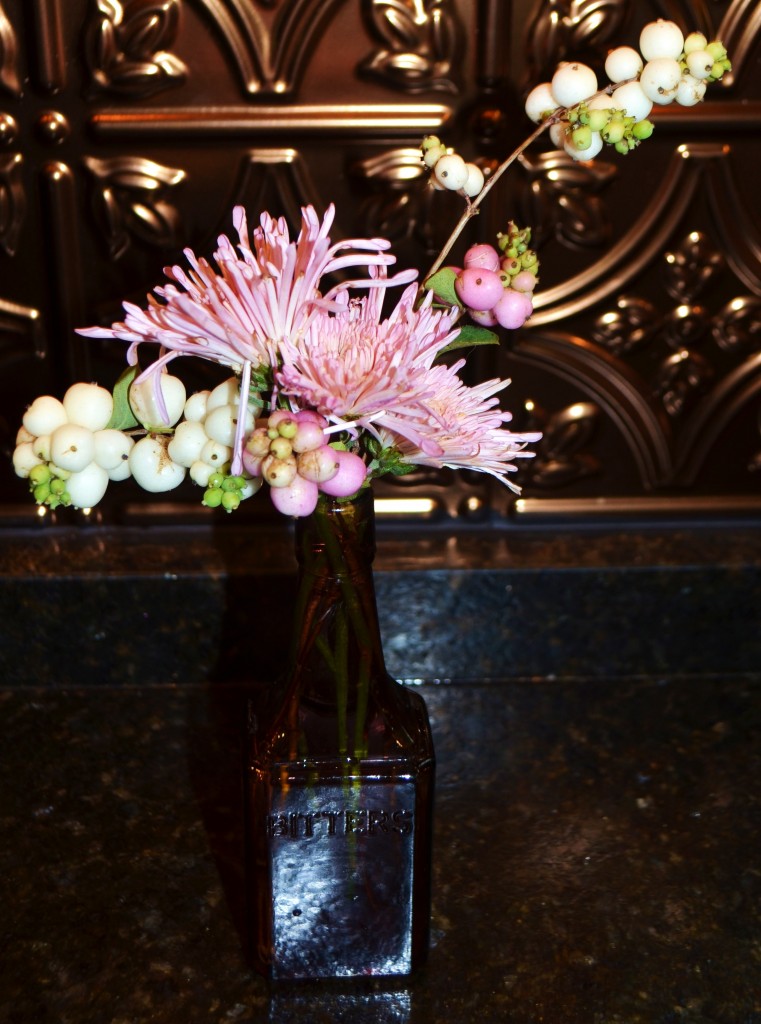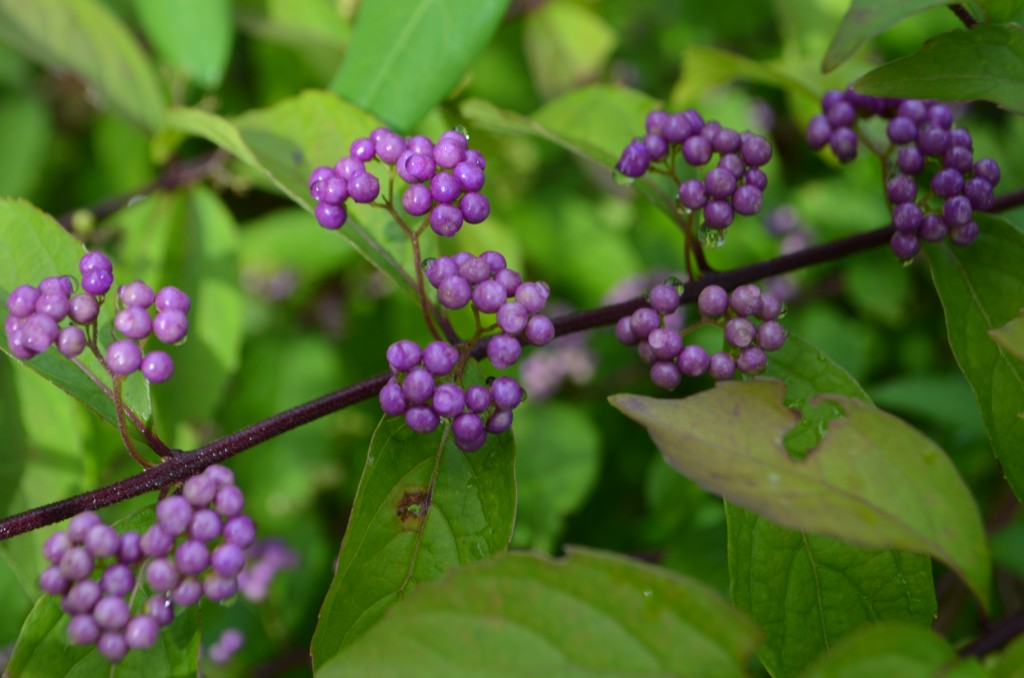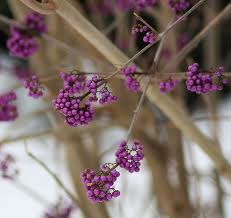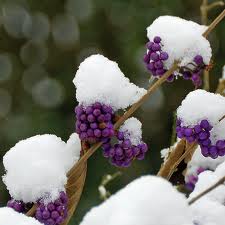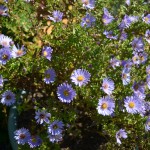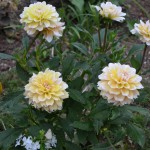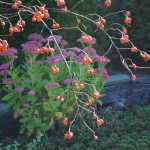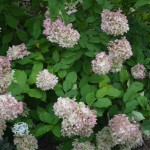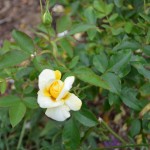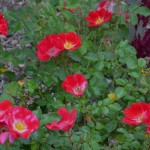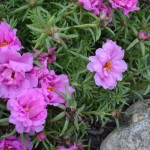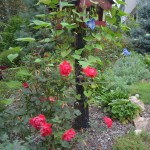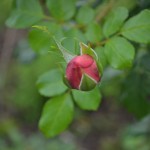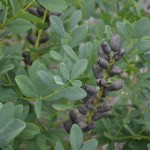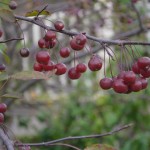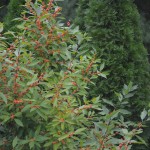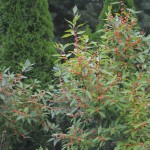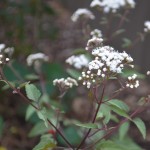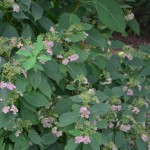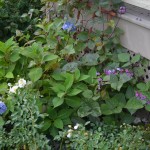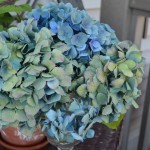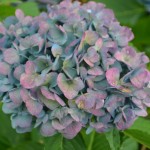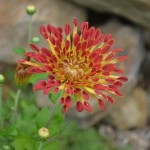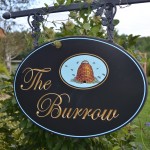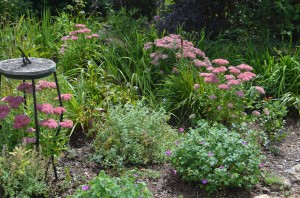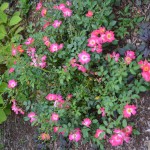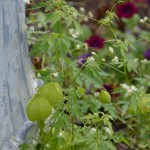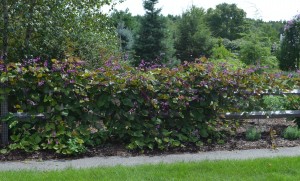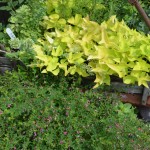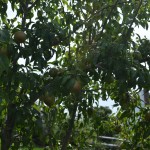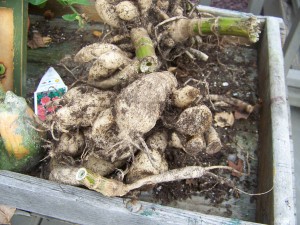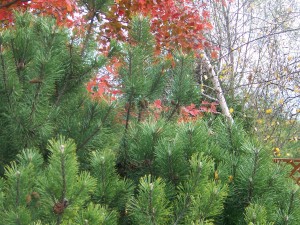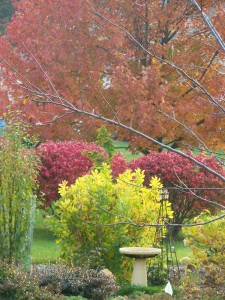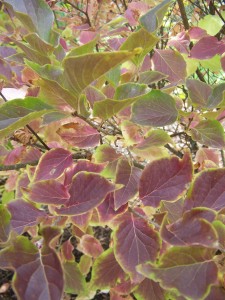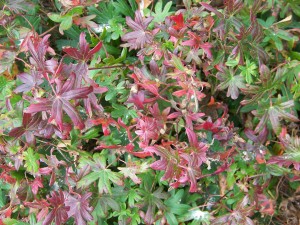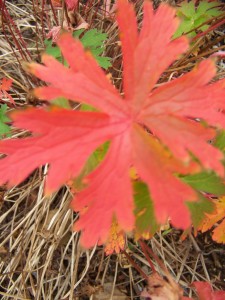Looking for a great addition to the late season garden? Of course you are! After the absolute explosion of bloom in July and as we head into August it is nice to still have many things to look forward to garden -wise. I speak often about vines, and especially how annual vines are just the ticket to a great Fall show, and cobaea scandens or cup and saucer vine is a standout among them
. ( a quick Latin refresher-the word scandens refers to anything that scrambles, so when you see it in a plant name assume you have a climbing or rambling grower).
Cobae scandens is sometimes dismissed as a garden plant here in the Northeast because it is a late starter. I will admit, getting it off and running can be tricky. The seeds are flat and tough and can take a few weeks to germinate. If you are starting them indoors from seed, tip the seeds on their sides to avoid rotting. After germination they will take a while to get growing and need a lot of attention in hardening them off for growing outside, If you like , you can direct sow the seed , but don’t even dare to do it before the June 1st here in z6 as it will gain you nothing and may loose you everything. The vine hails from Mexico , where it is perennial…and revels in the heat ,so a cool spring can do them in. I prefer to order green house grown plants to start with , and really ,at less than $10 no matter where you order them from, they will repay you with quicker growth and earlier flowering.than if you started them yourself.
Once growing this vine will quickly cover a trellis , and if you use more than one plant you can cover a pergola or arbor. 20 -25 feet in a season is not unheard of. By the middle of July my vine was well over 10 feet and it has now hit it’s stride. ( the other vines in the photo are a moonflower and a sweet pea that is done blooming)
The foliage is a gorgeous dark green with purple undersides and stems ,and the many spring-like tendrils enable it to grab on to just about anything. After my vine outgrew the trellis, it had been happily climbing the siding by latching on the any little nook it could. I did, although, move it and gave it some twine to not only guide it to where I want it to grow, but for added support during all the windy thunderstorms we get here in the summer.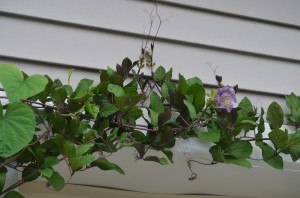
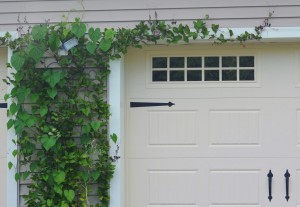 The first flower appeared this week , and they are quite unusual. The bell or cup shaped flower emerges a creamy white and will slowly darken to purple over time. The flower sits on open sepals that look very much like a saucer surrounding the cup, hence the common name.
The first flower appeared this week , and they are quite unusual. The bell or cup shaped flower emerges a creamy white and will slowly darken to purple over time. The flower sits on open sepals that look very much like a saucer surrounding the cup, hence the common name.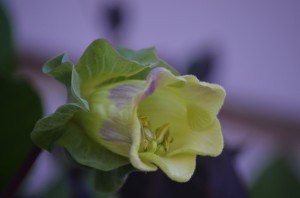
A word of caution, t his plant likes humidity and water and will quickly be infested with spider mites if left to dry out. It is very humid here in the summer and I have it planted in a self-watering planter, so it is loving life.
Being a tender perennial, as opposed to an annual, I am going to try to overwinter this vine inside this year. I hope to give it a good haircut in the late Fall and place it in the bay window and see what happens. At the very least I hope it will survive to be replanted again in the Spring…and at the very best I hope I will be enjoying the lovely flowers indoors all winter long. Only time will tell!
The photos I took below are of the flower over just two days.The change in color is already remarkable. 